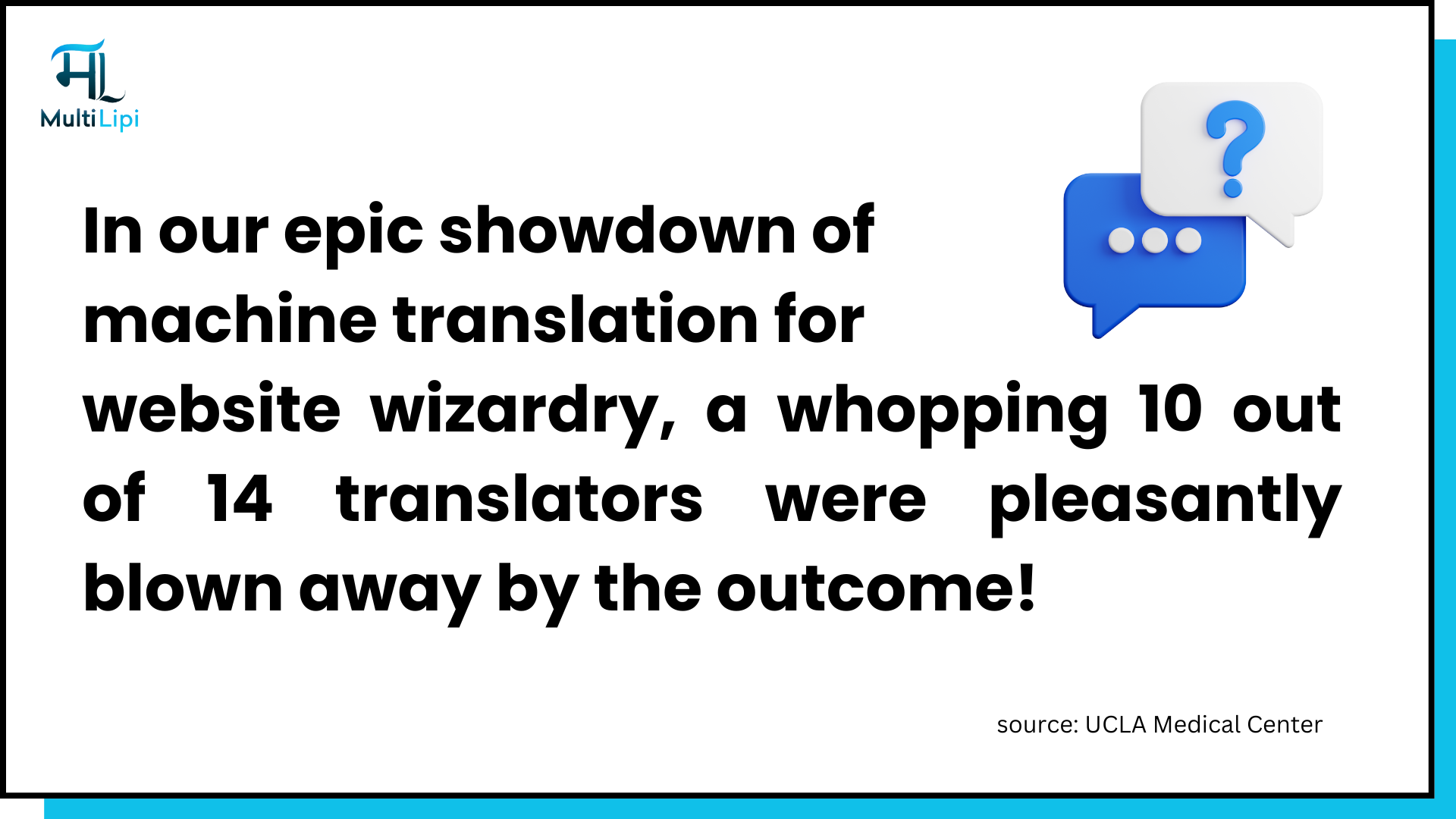Wie genau ist Google Übersetzer?
Is Google Translate reliable enough to use for your business’s website translation?
Fast, free, and easy – Google Translate has built its reputation on these qualities, making it one of the most popular translation tools globally. However, the question remains: how accurate is it, especially for more complex tasks like website localization and SEO optimization?
While Google Translate is an incredible tool for quick translations, particularly for casual phrases, it does have limitations. For businesses looking to expand globally and connect with international customers, it's important to understand when and where this tool can be helpful, and when a more robust solution is required.

Wie funktioniert Google Übersetzer?
Google Translate originally relied on statistical machine translation but has since evolved to use neural machine translation (GNMT). Instead of translating word by word, GNMT considers the meaning of entire sentences, resulting in more accurate translations. This shift has drastically improved translation quality, cutting errors by over 55%-85% across major language pairs TranslatePress (Englisch) Ranking von SEO India
Despite these advancements, Google Translate’s accuracy can vary depending on the language. For instance, translation accuracy for Spanish-English pairs is over 90%, but for less common languages like Portuguese, accuracy can drop Mars-Übersetzung
Ist Google Translate genau?
Die Genauigkeit von Google Übersetzer hängt von mehreren Faktoren ab. Bei einfacheren Sprachen wie Spanisch kann das Tool eine Genauigkeit von bis zu 94 % erreichen, insbesondere bei Übersetzungen aus dem Englischen Träumerei However, translating complex sentences or languages with fewer digital resources can lead to errors. For example, a UCLA study found that the tool preserved the overall meaning for 82.5% of translations, but accuracy fluctuated between 55% and 94% depending on the language pair TranslatePress (Englisch) Träumerei Interestingly, Google Translate excels in translating literary text into English, but struggles with informal phrases or idiomatic expressions, showing only 72% accuracy when handling casual English text Ranking von SEO India

Is Google Translate Reliable for Website Translation?
For website translation, machine translation like Google Translate can be a great starting point but is rarely enough for businesses that need precise translations. Websites often contain complex, localized content, and cultural nuances that machines can't fully grasp. According to a 2021 study conducted by Nimdzi, while Google Translate is effective for high-visibility languages like Spanish and English, it underperforms with languages that have fewer resources available for machine learning Oneupweb This limitation is why many businesses turn to specialized tools like MultiLipi or DeepL, which use neural networks to provide more contextually accurate translations. DeepL has particularly gained praise for its European language translations, while Amazon Translate excels with no-touch translations in Chinese and French Ranking von SEO India Oneupweb
Sollten Sie Google Übersetzer verwenden?
Google Translate can be extremely useful for basic translations, such as instructional content, product reviews, or low-visibility pages. However, for translating website content that directly affects your customer experience, it’s better to combine it with human editing or specialized tools like MultiLipi, which offers both machine translation and SEO optimization Ranking von SEO India For instance, MultiLipi provides automatic content translation, including meta tags and SEO elements, making it a superior choice for businesses looking to improve their multilingual SEO efforts Träumerei

Die Quintessenz: Nutzen Sie Google Translate mit Bedacht
In conclusion, Google Translate is a valuable tool for certain types of translations, but businesses should be cautious when using it for website localization. For critical business content and SEO-driven translations, combining machine translation with professional human editing is often the best solution. Tools like MultiLipi and DeepL provide enhanced accuracy by integrating neural translation with cultural localization, helping businesses effectively target international customers.
To learn more about multilingual SEO and how to enhance your website’s global reach, check out our in-depth guide on TranslatePress (Englisch)
ps://translatepress.com/multilingual-seo/).

Kommentare